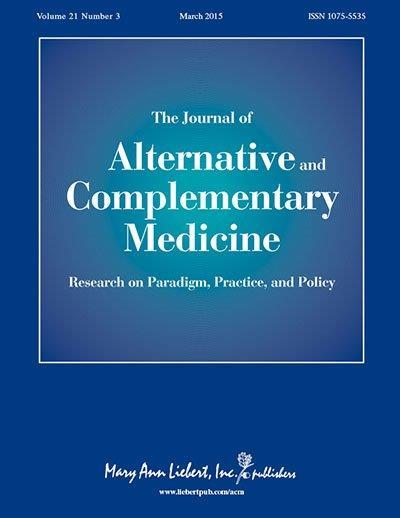
The Journal of Alternative and Complementary Medicine is a monthly peer-reviewed journal published online with Open Access options and in print. The Journal provides observational, clinical, and scientific... Malaria is a critical health problem in West Africa, where traditional medicine is commonly used alongside modern healthcare practices. An herbal remedy derived from the roots of a weed, which was traditionally used to alleviate malarial symptoms, was combined with leaves and aerial portions from two other plants with antimalarial activity, formulated as a tea, and eventually licensed and sold as an antimalarial phytomedicine. The fascinating story and challenges behind the development of this plant-based treatment are presented in The Journal of Alternative and Complementary Medicine, a peer-reviewed publication from Mary Ann Liebert, Inc., publishers. The article is available free on The Journal of Alternative and Complementary Medicine website until May 14, 2015.
Dr. Merlin Willcox (University of Oxford, U.K.), Dr. Zéphirin Dakuyo (Phytofla, Banfora, Burkina Faso), and coauthors discuss the antimalarial and pharmacological properties of the herbal medication derived from Cochlospermum planchonii (a shrubby weed known as N'Dribala), Phyllanthus amarus, and Cassia alata. The authors provide a unique historical perspective in describing the early evaluation, development, and production of this phytomedicine. They present the ongoing research and challenges in scaling up cultivation and harvesting of the plants and in production of the final product. The article also describes other traditional uses of the medication, such as to treat hepatitis.
Source: Mary Ann Liebert, Inc./Genetic Engineering News
 Print Article
Print Article Mail to a Friend
Mail to a Friend
